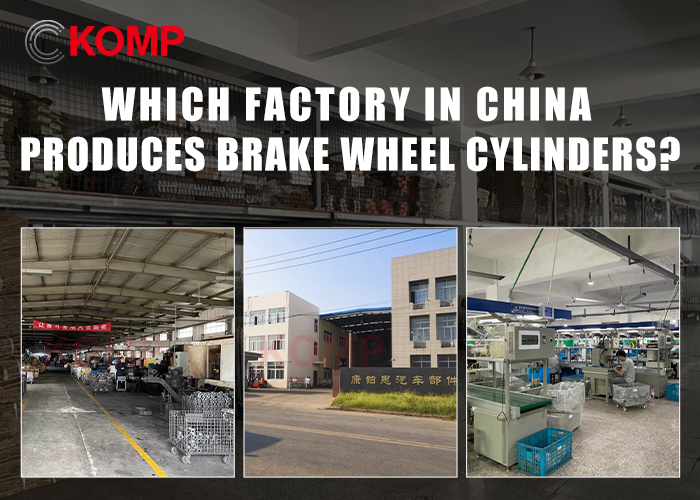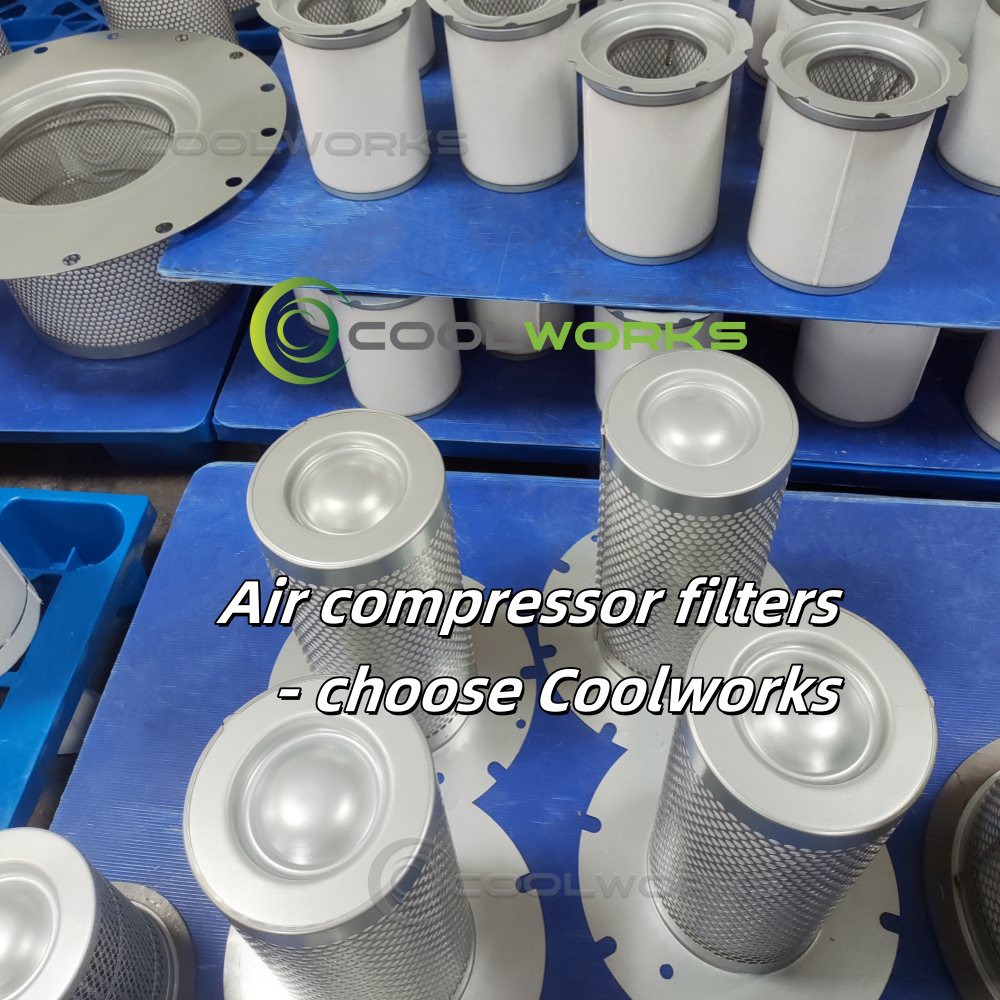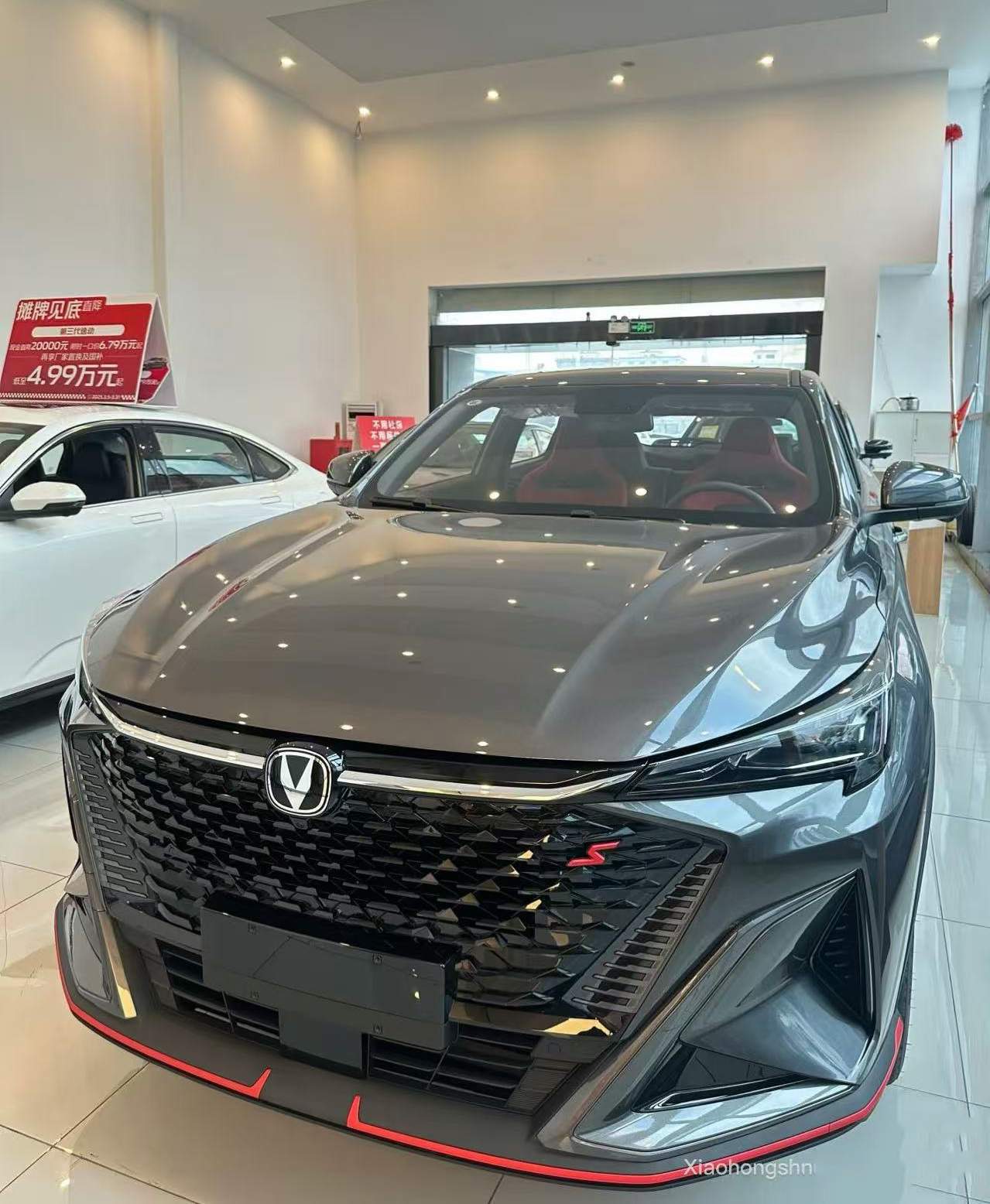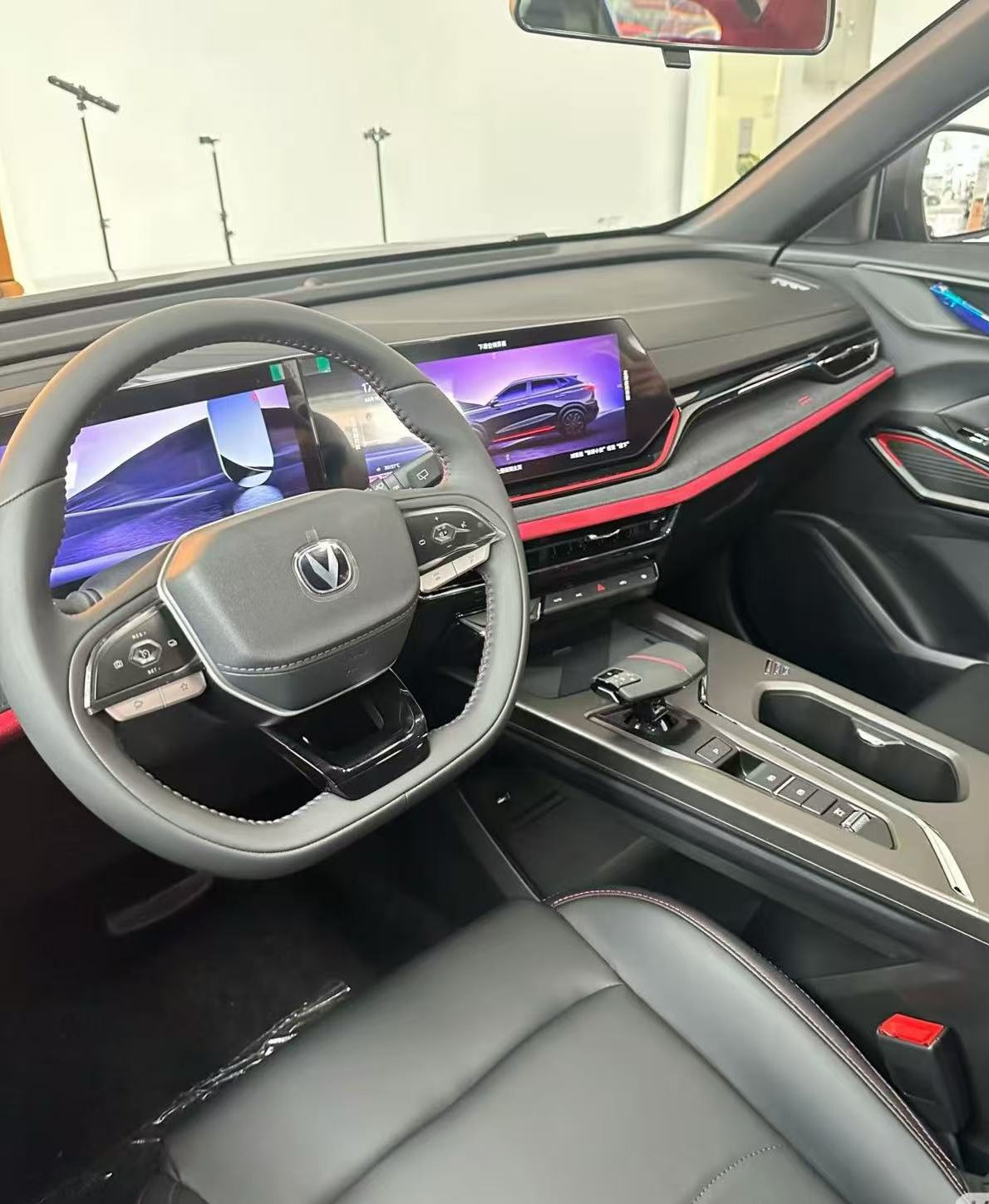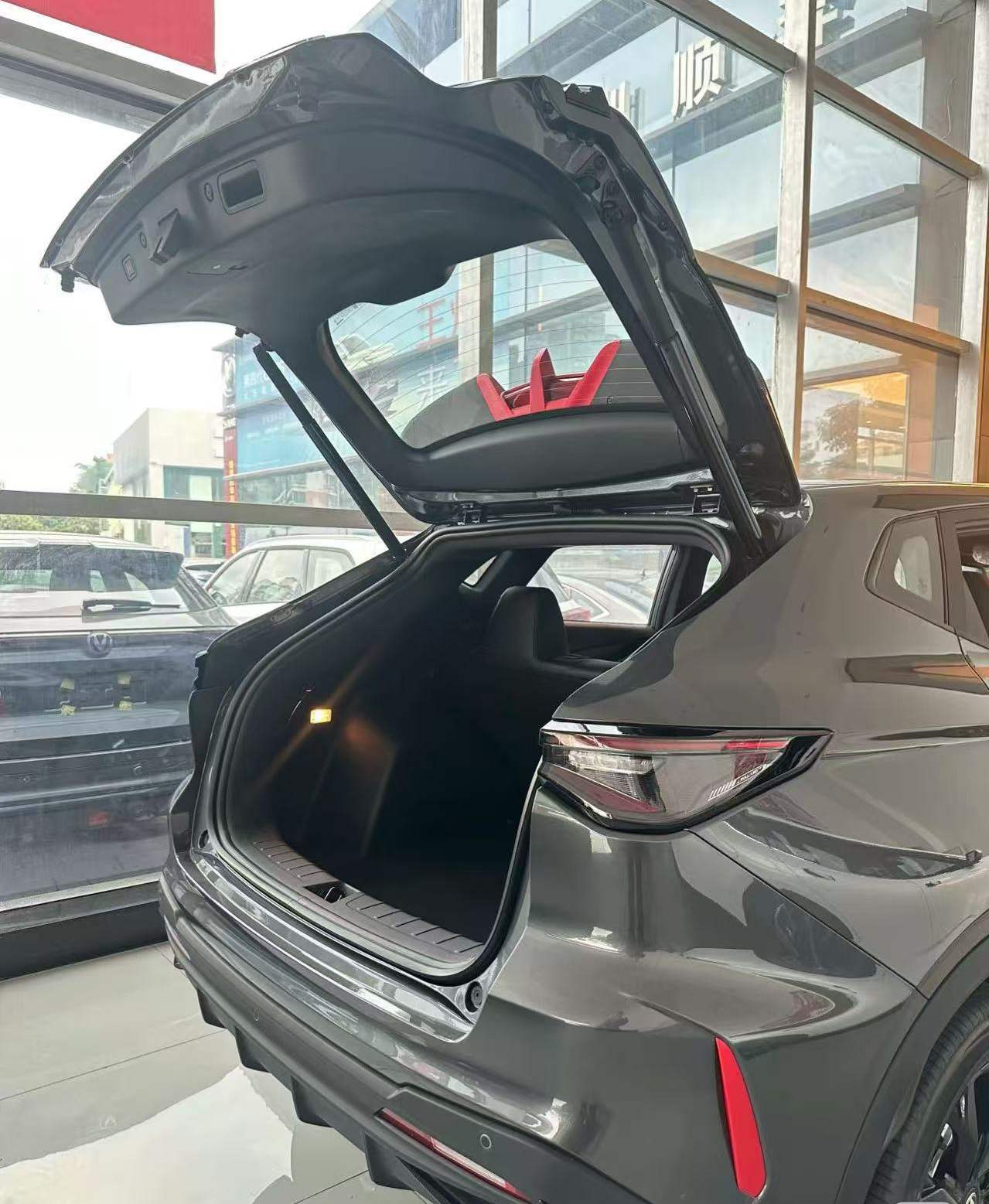The brake master cylinder is one of the most critical safety components in any vehicle. Whether it’s for a mass-produced sedan or a performance vehicle, after production, the factory will undergo Air Tightness (Leakage) Test and Hydraulic Pressure Test. For some cylinder wholesalers, the products also need to undergo Functional Stroke Test and Endurance Test.
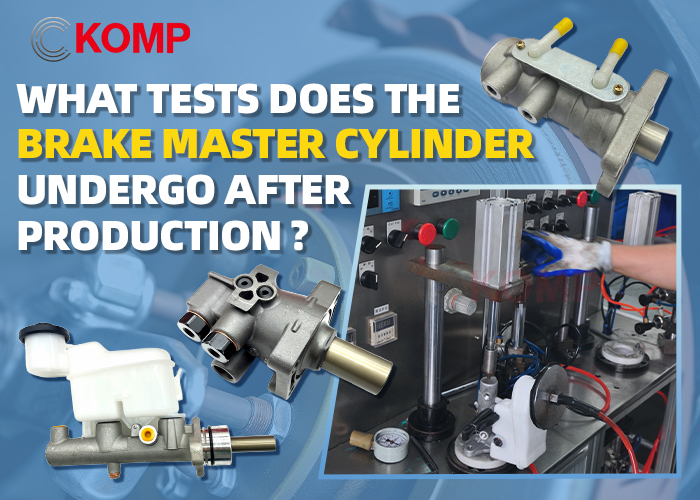
1. Air Tightness (Leakage) Test
The first test checks for internal and external leakage. The master cylinder is sealed and subjected to air pressure to simulate real operating conditions. Any pressure drop indicates a leak. This test is crucial for both custom brake master cylinder units used in modified vehicles and standard models to ensure no brake fluid or air escapes during use.
2. Hydraulic Pressure Test
Next, the cylinder undergoes a hydraulic pressure test to verify its ability to generate and maintain pressure under load. The cylinder is filled with brake fluid and pressurized. Engineers monitor the system to confirm that it can consistently maintain pressure without any loss. For an OEM brake master cylinder, this ensures it meets factory specifications and can safely integrate with the original braking system.
3. Functional Stroke Test
This test measures the stroke length of the piston inside the master cylinder. The stroke must fall within a specified range to ensure the brakes engage properly. If the stroke is too short or too long, it may indicate a manufacturing defect. This is particularly important for models such as the brake master cylinder Ford Ranger, which must meet strict performance requirements under varying load conditions.
4. Endurance Test
To simulate long-term use, some cylinders undergo endurance testing. The cylinder is cycled thousands of times under pressure to mimic years of braking activity. This helps identify early wear or failure points that wouldn’t appear in short-term testing.
For example, the Chinese brand KOMP comes from Wuhu Campass Autoparts Technology Co., Ltd. It is a high-quality brake master cylinder factory. Their products are inspected and tested for quality before being sold to customers to ensure that each product is usable. At the same time, KOMP provides a 1-year or 30,000 km warranty, which is the choice of many brake pump wholesalers.
Every brake master cylinder must undergo a rigorous series of tests to guarantee performance, safety, and reliability. Whether you're installing a custom brake master cylinder for enhanced performance, replacing an OEM brake master cylinder for factory-fit assurance, or ensuring the durability of a brake master cylinder Ford Ranger, these post-production tests are essential for road safety and customer trust.
